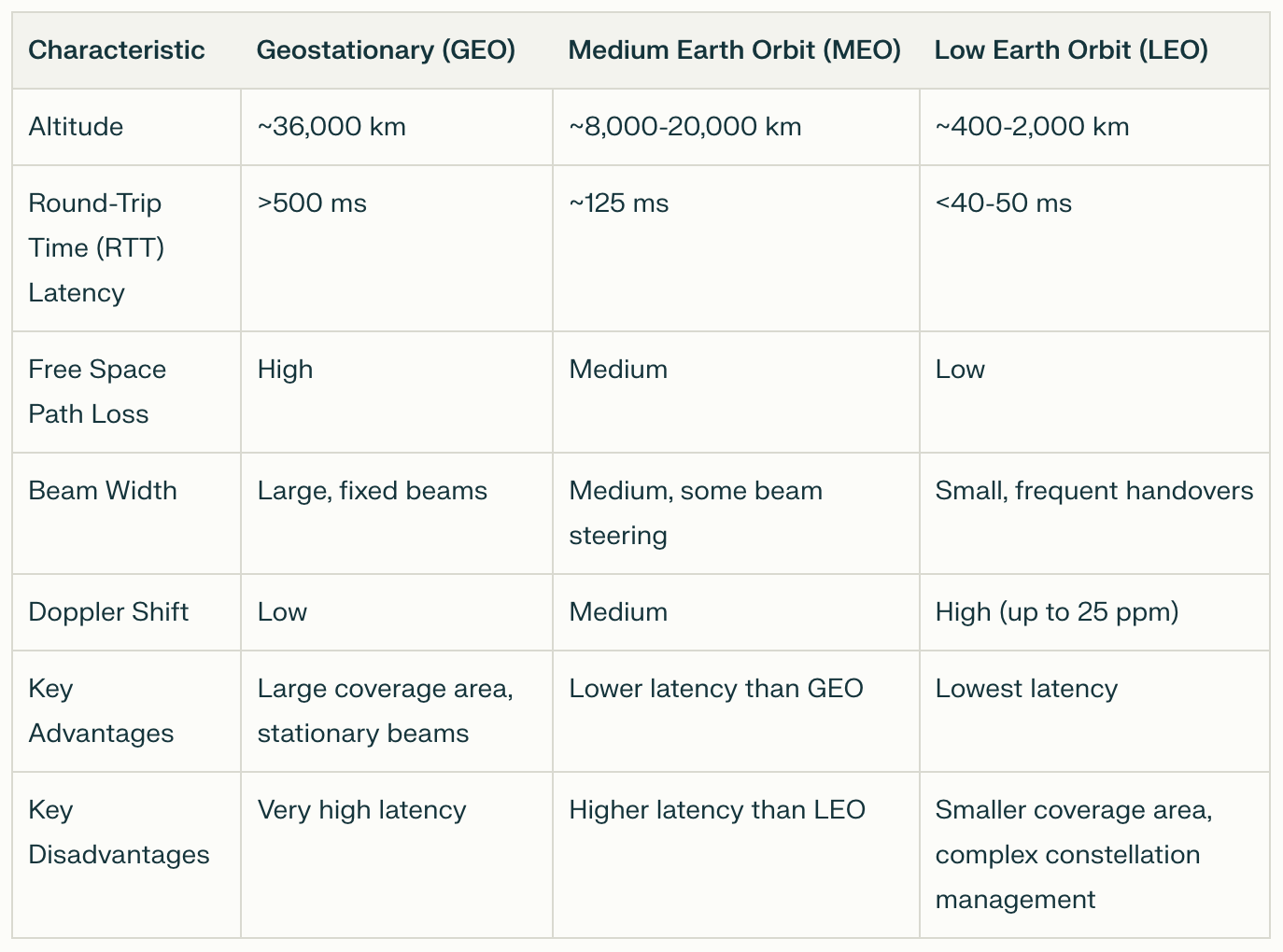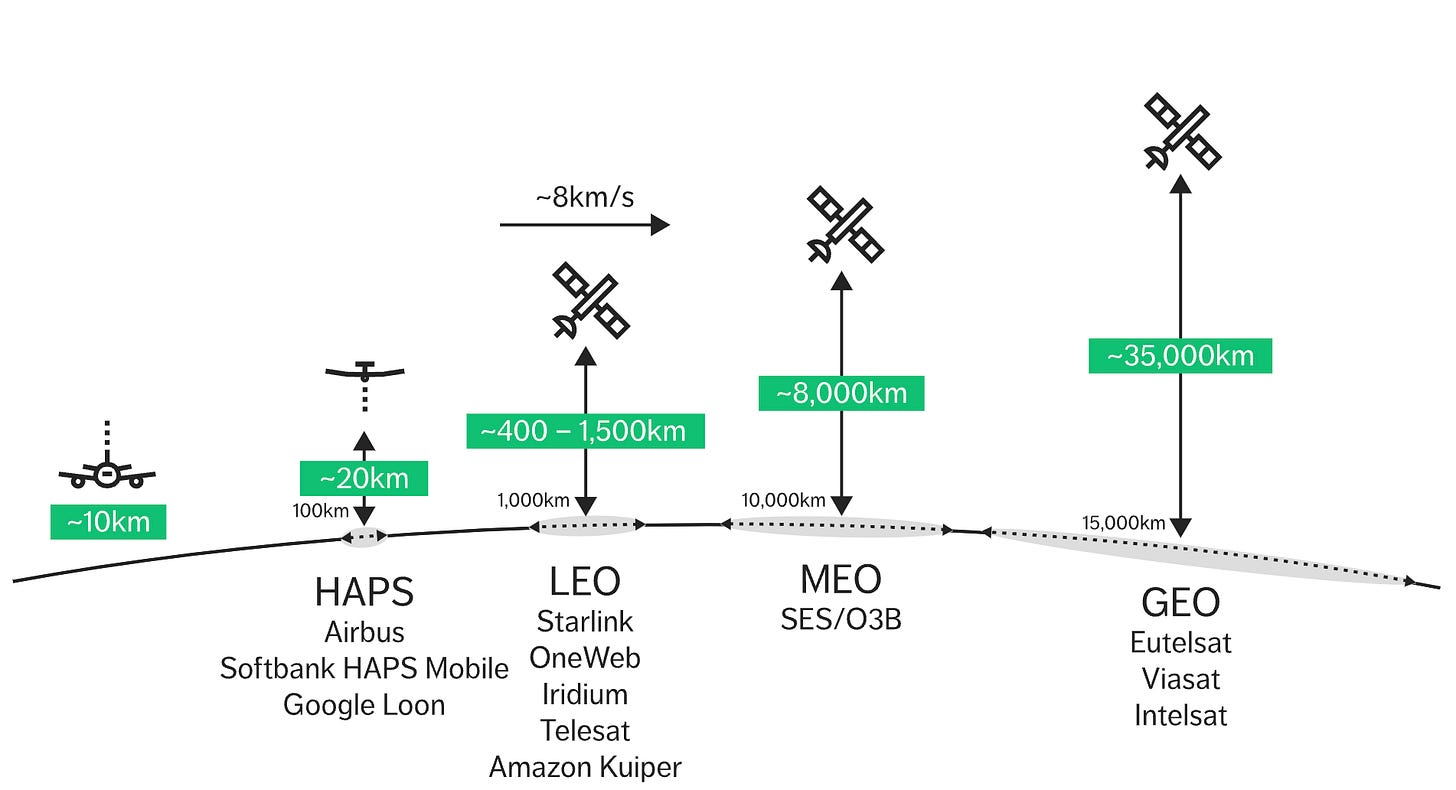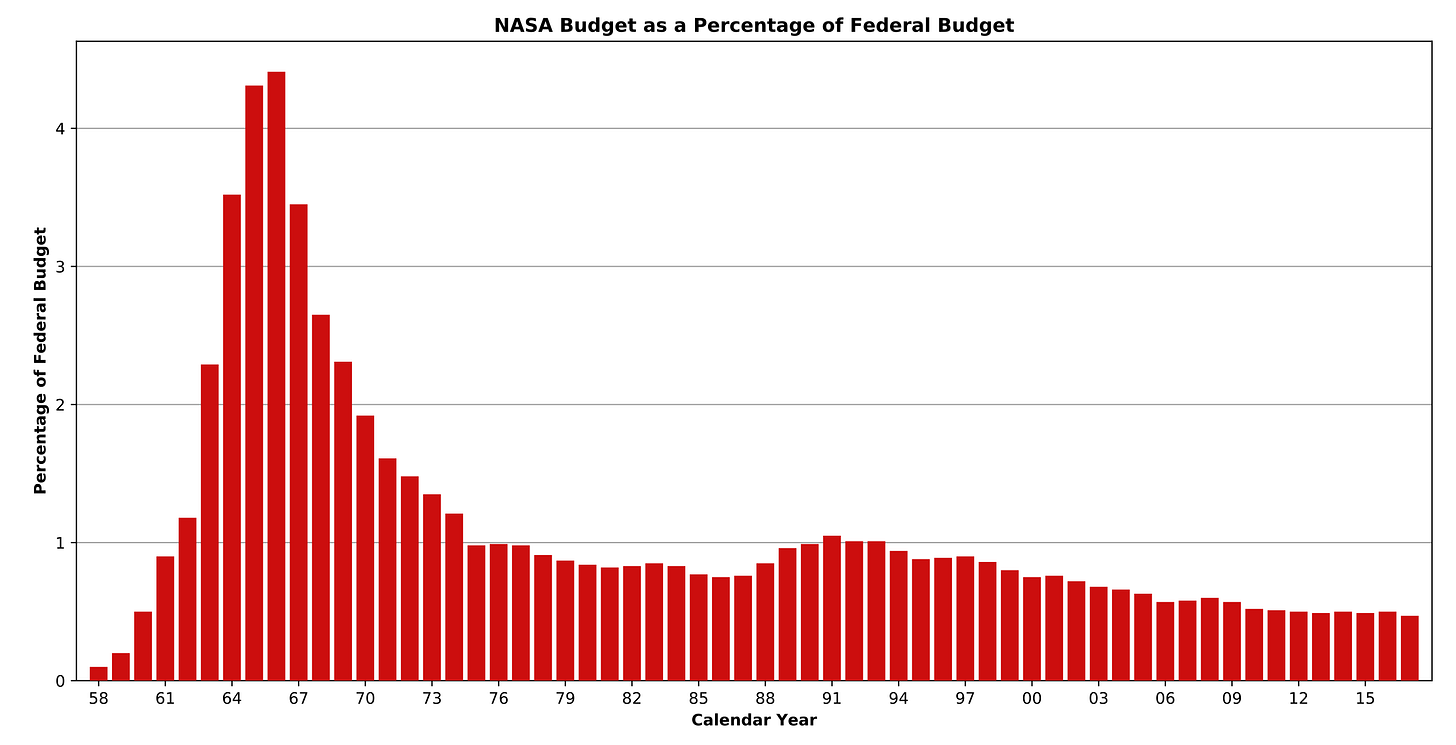Race for Space? This time it's for the internet
The space race was an historic era between Soviet Union and the United States but now it's more of a race between private companies mainly for the internet.
The space race was a 20th century phenomenon between the United States and Soviet Union to demonstrate the technological prowess in rocketry, satellites and space exploration. Today as it is no more a cold war, it’s more of private race than governments spending huge sum of money. For comparison NASA’s budget was 4% of the US’ national spending in 1960s compared to 0.3% of the government spending in 202012.
Talking of space and not mentioning SpaceX is like talking about the internet and not mentioning Google. SpaceX brought down the launch costs massively over the past decade. Ever since falcon experiments started the cost per payload has been reducing. Today it takes about $5000 per kg to launch a payload in to an orbit.
Thus making access to space more affordable. Satellite broadband idea has been chased long enough from 1990s. If you followed Globalstar, Irridium, Intelsat, O3b, Echostar, Hughes etc, they all have been in the satellite internet business from long time. Satellite internet has been exclusively marketed to businesses like oil and gas, shipping, navigation and defense. The primary reason being the price per byte has been high due to launch and deployment costs. Private companies have long struggled financially in the space communications market with continuous bankruptcies, M&As.
There are three main orbits where the satellites are launched:
Low Earth Orbit (LEO)
Medium Earth Orbit (MEO)
Geostationary Earth Orbit (GEO)
Since the launch costs have reduced and computationally advanced chips are available at low costs, there has been renewed interest in LEO satellite constellations due to their low latency and low path loss. I’ve summarized a table of comparison below for different orbits and their various properties.

Starlink, Oneweb ( P.S: my first job out of college was working for oneweb ground station developed by Hughes Networks), Project Kuiper are all LEO constellations.
There is so much renewed interest in the LEO space, that Apple started offering emergency satellite communications beginning from iphone 14. The communication is powered by Globalstar’s LEO constellation.3

Since each provider has their proprietary communication stack, 3GPP has started standardization procedure beginning from Release-17 and will continue in 5G Advanced and 6G as the use cases and customer experiences evolve. This will allow seamless connectivity experience to the users as they move from terrestrial to non-terrestrial network and allow operators to deploy standardized protocol stack and minimize the satellite connectivity costs further.
3GPP NTN (non-terrestrial network) deserves a series of blog posts in itself which I may do for later. I think it’s an exciting time for satellite internet industry to monetize since their time is NOW.
https://www.planetary.org/space-policy/nasa-budget
https://en.wikipedia.org/wiki/Budget_of_NASA
https://www.reuters.com/technology/apple-picks-globalstar-satellite-service-iphone-14-series-2022-09-07/



